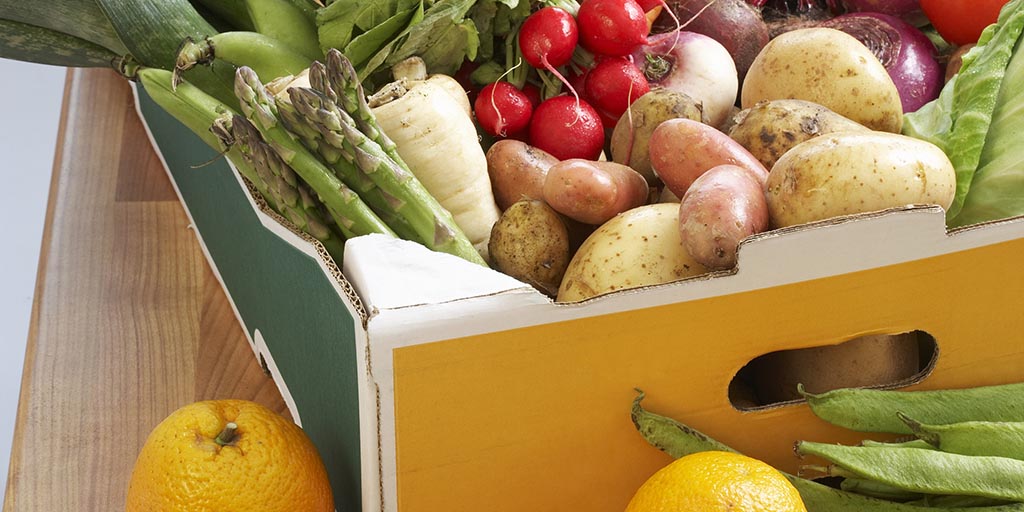Eat your greens
 CREDIT: MARTIN POOLE ON THINKSTOCK
CREDIT: MARTIN POOLE ON THINKSTOCKAdd vegetables to at least two meals and one snack per day and fruit to one meal and one snack per day for a total of four to six servings of vegetables and two to four servings of fruit daily.
The more colourful, whole, raw foods you eat, the better off your diet and health will be.
Colour typically translates to more disease fighting antioxidants, and more nutrients all around. We need a wide variety of vegetables and fruit in our diets for essential vitamins, minerals, fibre, hydration, energy, muscle and tissue repair, as well as regulating body processes and systems.
Vegetables and fruits are not all equal. Some are more watery, some are fattier; some are starchy, some are sugary (natural sugars), some have more protein, some have more fibre and some big ones are actually lower in calories than some small ones. The key, as I mentioned, is to get a variety.
If you are trying to manage diabetes or weight loss, you may want to consult the glycemic index at glycemicindex.com or diabetes.ca. These will tell you about the sugars in foods and how they are released into your system. Foods are rated on a scale of one to 100, with the more “sugary” foods higher on the scale. This does not mean that these vegetables and fruits are bad for you. It means you may need to be careful of the time of day and the volume of a particular food you eat.
For example, a high glycemic index food is best consumed within a couple hours before physical activity so you can convert the sugars to energy used versus consuming them at a time when you will be sitting or sleeping and they contribute to fat in the body (this is the simplest way of saying this without getting into scientific detail).
For those who are focused on achieving overall health and sickness or disease prevention, aim to add vegetables to at least two meals and one snack per day and fruit to one meal and one snack per day for a total of four to six servings of vegetables and two to four servings of fruit daily.
What does a serving look like? Generally speaking, most fresh servings are approximately one cup or 250 milliletres and half a cup for cooked. You can consult Canada’s Food Guide for portion sizes or use the rule of thumb, relative to your own body size: a fresh serving could fit in two hands cupped together and a cooked serving in one hand.
Vegetables and fruit sometimes get a bad reputation because of their higher carbohydrate content compared to fat and protein. Again, not all are equal. Some, like olives and avocados, have more fat than carbs. Some, especially if you eat the skins (like sweet potatoes), actually have more protein than you think per serving. To see the ratios of what is in your foods, check out nutritiondata.self.com.
Bottom line, vegetables and fruit are essential to living a long and healthy life and feeling good on a daily basis. They help us feel more energetic, they help us have soft and easy bowel movements, and they help make your internal systems function correctly so you get stronger, sleep better and perform better overall.
Here is a great smoothie recipe to add more fruits and veggies to your day:
Green and Yellow Smoothie • 1/2 to 1 cup of milk (unsweetened almond milk or milk of choice)
• 1/4 to 1/2 cup of plain Greek yogurt (look for creamy variety or try plain Mediterranean yogurt)
• 1/2 cup of fresh baby spinach
• 1/2 fresh avocado
• 1/2 to 3/4 cup of frozen mango chunks
• 1 tablespoon of lime juice
• One of the following: 1 teaspoon of pure honey or three chopped dates or one small frozen banana
Blend together until smooth and add more milk to desired thickness.














